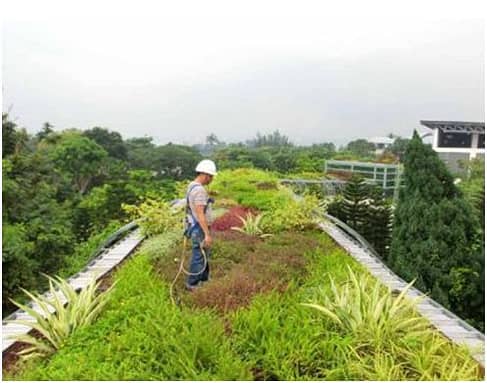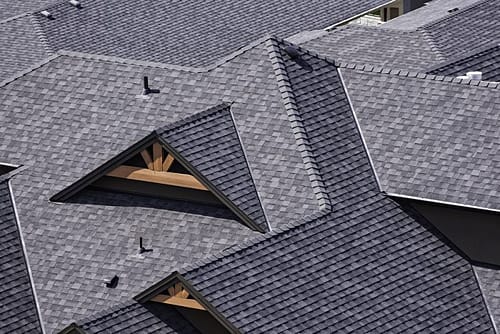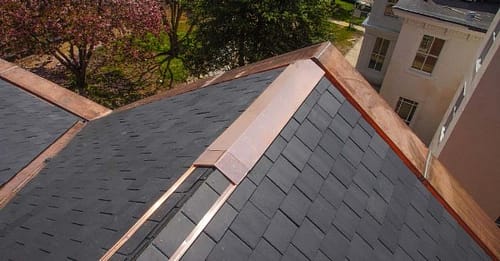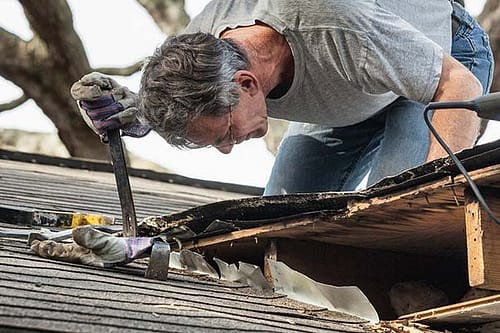Zinc was out of fashion for a while but has now returned. A zinc roof is ideal for those looking for a flexible roof covering with a unique appearance. These roofs last a long time and can also be recycled.
Why a zinc roof?
It was out of fashion for a while, but in recent years more people are beginning to see the benefits of a zinc roof. Zinc is, in fact, excellent for modern architectural styles that deviate from traditional, straight lines.
In addition, they are very suitable for round-shaped roofs, because of its flexible properties.
Below you will find a handy overview of the various advantages and disadvantages of zinc roofs.
Advantages & disadvantages of Zinc roof:
Sustainability: Sustainability is one of the most important benefits of zinc. A roof made of zinc will last a very long time.
Maintenance-friendly: The material is also extremely maintenance-friendly: where after a heavy storm people often suffer damage to a traditional roof, a zinc roof will withstand this kind of natural disruption without any problems.
Aesthetic appearance: After a certain time a so-called patina layer is formed on zinc, which in addition to providing extra protection and also gives the material a beautiful appearance.
Recyclable: Zinc is a completely natural material. It is therefore fully recyclable.
Flexibility: In addition to these sustainable benefits, the flexibility of zinc is perhaps the biggest factor in choosing this material. The most diverse forms can be applied. This creates great architectural freedom. In addition to covering a roof, zinc can possibly also be applied to the facade of a building.
Higher price: Zinc has a higher price than traditional roofing materials.
Release of metal particles: A roof made of zinc can cause metal particles to end up in the surface water. The extent to which this is harmful to the environment is difficult to determine. However, this potential problem can be overcome by installing a filtration system.
More difficult to insulate: A zinc roof is more difficult to insulate than, for example, a tiled roof, for which a specialized roofer must be engaged.




